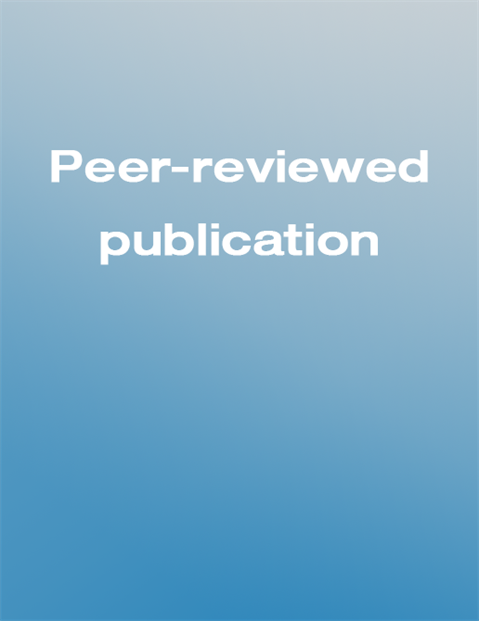Rabies, Still Neglected after 125 Years of Vaccination

Overview
Rabies is a viral zoonotic infection of the central nervous system caused by a lyssavirus. The disease is fatal without proper post exposure prophylaxis (PEP). In July 1885, Louis Pasteur obtained his first success against rabies by vaccinating Joseph Meister, a 9-year-old boy presenting with multiple deep bite wounds. After more than 700 successful inoculations, Pasteur launched an international subscription and opened the world’s first research institute dedicated to the prevention of rabies and other infectious diseases. The Institut Pasteur was born. Due to substantial advances during the 20th century, safe and effective human and animal vaccines based on tissue culture methodologies are available today. Today, 125 years later, Institut Pasteur is at the core of an international network of 30 institutes. Through its numerous institutions established in enzootic areas, the worldwide contribution of the Institut Pasteur International Network to rabies surveillance and control is still of paramount importance. Each year, the International Network is responsible for PEP administration to more than 180,000 exposed patients, mainly in Southeast Asia and Africa. Scientists and health staff are also involved in various national committees that work on the development and successful implementation of rabies control programs
Sadly, whereas extensive efforts in developed countries have largely controlled dog (the United States and Europe) and fox (western and central Europe) rabies [2,3], dog rabies remains enzootic in much of the world, and 15 million people require PEP every year. Rabies is considered one of the most neglected diseases in the world’s developing countries with the greatest burden in poor rural communities, and disproportionately in children.
doi:/10.1371/journal.pntd.0000839
